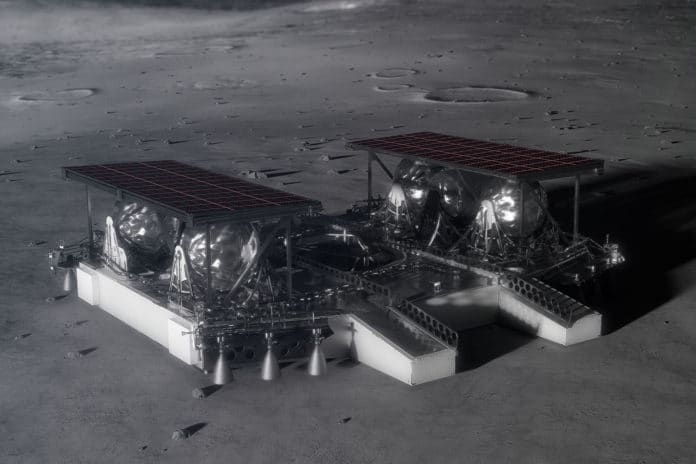As the U.S. National Aeronautics and Space Administration (NASA) moves forward with its mission to the Moon, Mars, and beyond, the development of top-notch technologies is critical to success. In a recent tweet, NASA announced that it had commissioned industry partners to develop lunar lander modules to deliver payloads and scientific instruments to the Moon surface.
For NASA’s Commercial Lunar Payload Services (CLPS) initiative, the agency has already placed commercial orders for the delivery of payloads for the flight to the satellite. Some of these payloads require vehicles capable of exploring the environment. In preparation for these missions, NASA has undertaken a series of studies to identify and investigate the technologies required to not only reach the Moon but also to collect valuable data from the Moon.
These studies have led to significant development efforts in areas such as advanced propulsion, navigation, communications, landing, and other critical lander subsystems.
The agency has published on its official website an image of what a future medium-sized robotic lunar lander might look like. According to a NASA report, the lander concept was developed to transport and drop a variety of experiments and instruments, including small autonomous rovers, into the polar regions of the Moon.
Engineers focused on the fact that when landing, the module could maintain maximum accuracy with any mass of cargo. The lander should be as simple as possible and be able to deliver a 300 kilogram (660 lb) rover to a lunar pole.
“We used single string systems, minimal mechanisms, and existing technology to reduce complexity, though advancements in precision landing were planned to avoid hazards and to benefit rover operations. We keep the rover alive through transit and landing so it can go do its job,” said Logan Kennedy, the project’s lead systems engineer at NASA’s Marshall Space Flight Center in Huntsville, Alabama.
“We hope that other lander designers can benefit from our work,” he added.
